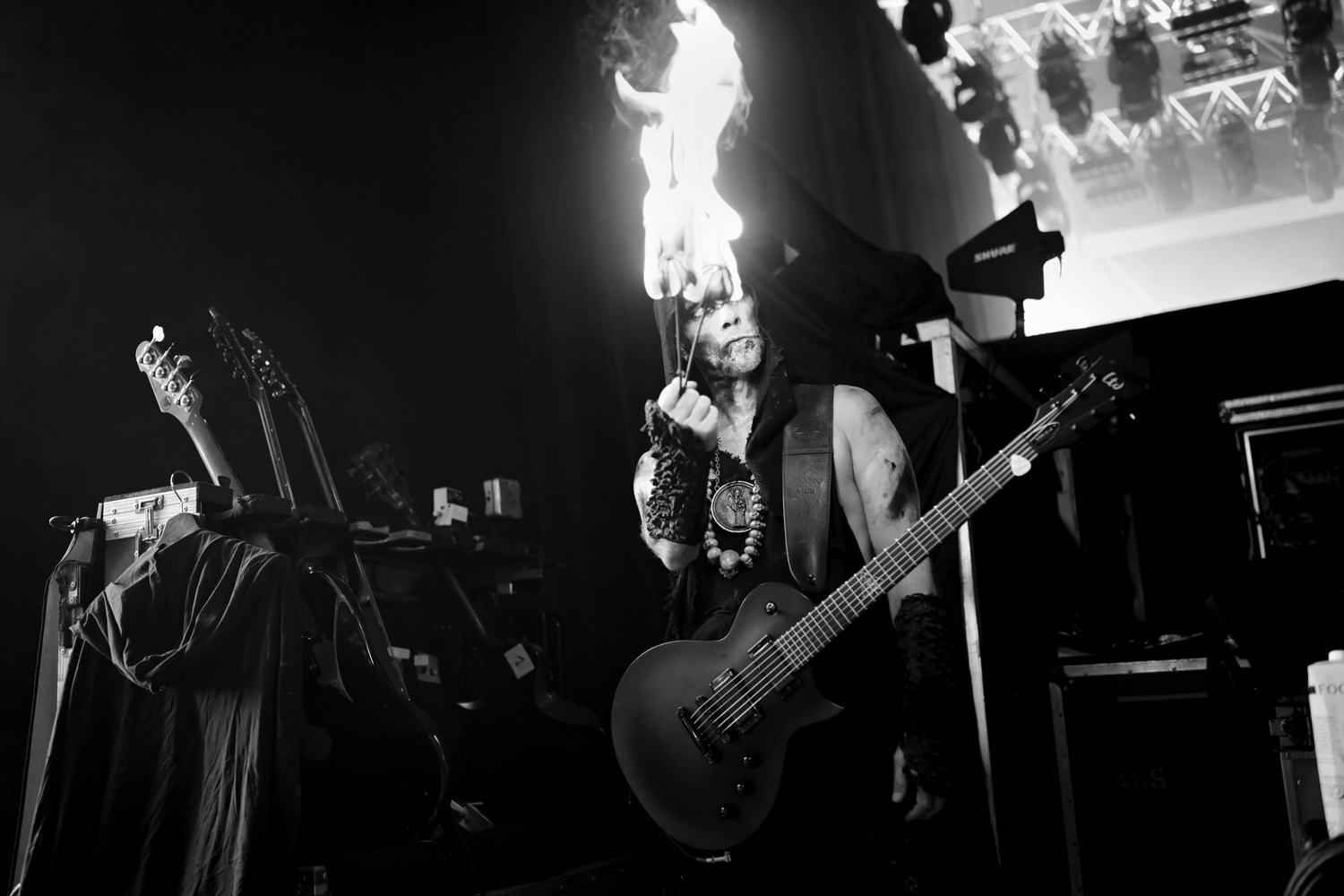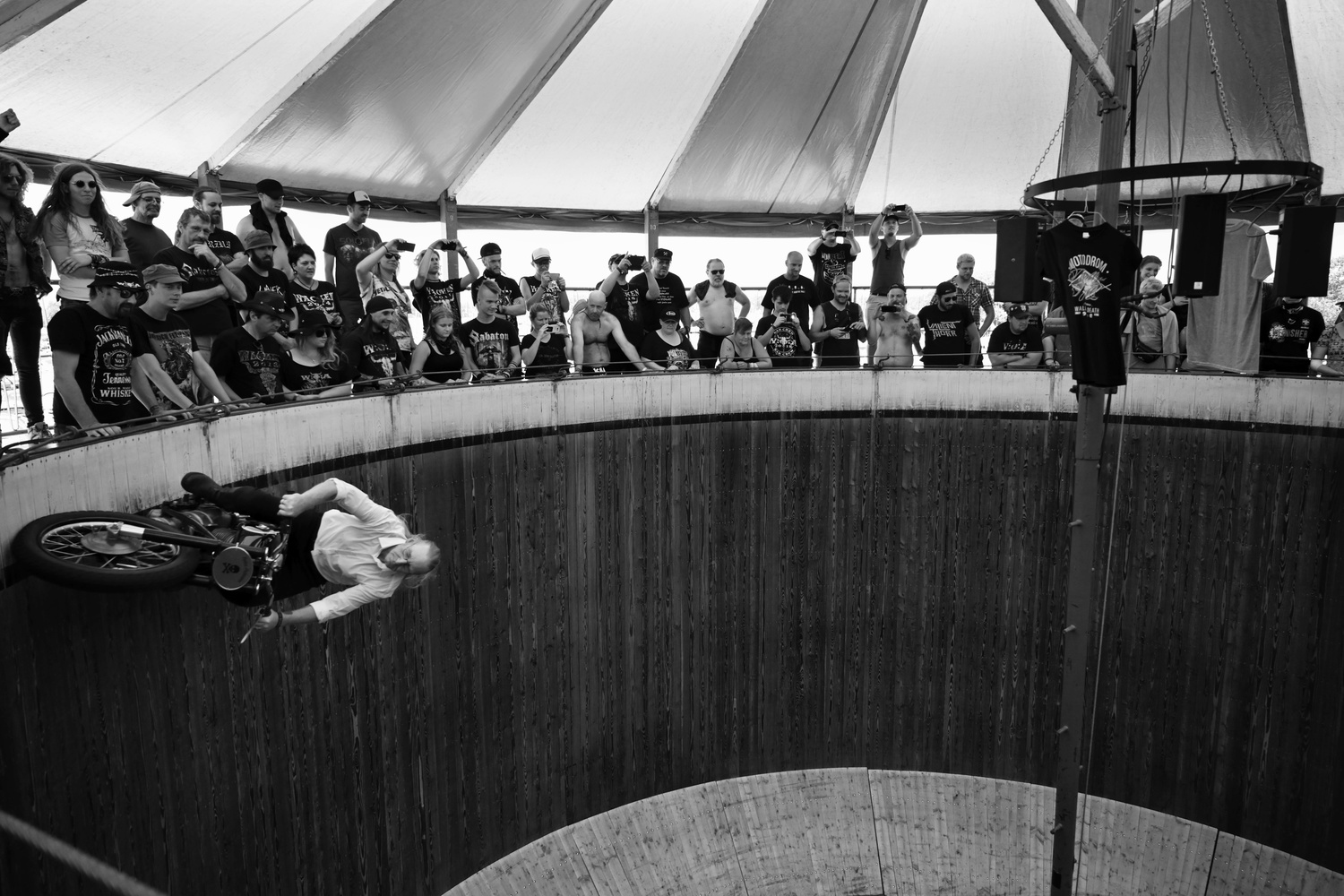As far as perks of being a photographer go, traveling the world and documenting everything you see along the way is right up there with the best of them. Luckily for Pep Bonet, he’s been around the globe as Motorhead’s previous resident photographer of 7 years, as well as documenting the impact of war and disease in Africa. Then, he became one of the first in Europe to test out the Nikon Z7 and S-line NIKKOR Z lenses. So how did he find it faired against DSLRs?
Bonet has quite the resume. Between 2008-2015, he was largely on the road with Lemmy Kilmister – vocalist of Motorhead – and also has an array of documentary images in his portfolio, most of which are centered around the problematic food system (or lack thereof) in Africa.


Bonet has been a long-time user of Nikon DSLRs, acquiring a number of models over the years, with everything from the D3 to the D500 and D850 – the latter of which he says is one of his favorites alongside the more recent mirrorless Z7.
I recently caught up with the photographer and filmmaker to find out how his newly-acquired Z7 compared. He notes that as a general rule, he leans towards using one camera and one lens because, in his own words, “less is more.” For a recent project, he used only the D810 and AF-S NIKKOR 58mm f/1.4G. “If you know the lens you’re using, you almost don’t need to look through the viewfinder to know what you are framing,” he says.
I also think it’s so important to photograph with a fresh eye. Make sure you have your own vision and don’t base your work on pre-conceived ideas. Don’t Google-search subjects beforehand for example, but actually do the research on the ground once you’re there. I always follow my instinct and am guided by the story that feels right, rather than what I have been told about.
It was at Wacken Festival in Germany that Bonet decided to trial the Z7. A regular at the event since 2013, his initial reservations were that his peers would notice him using the then-unreleased gear. And being the biggest heavy metal open-air festival in the world, Wacken is no low-key event. Receiving his Z7 days before the festival, it felt like the perfect opportunity to try it out. Bonet’s first impression was that the camera is “super light” and thus, his job was made much easier. For the frequency of his traveling, the size and weight was a real attraction. Whether shooting music or documentary work, everything he does requires being stealthy and able to move around largely unnoticed. Having a smaller, lightweight, totally silent camera is very blatantly a big convenience for helping photographers like Bonet blend into the background.


Photographing live music often entails shooting in the dark or in low light. Bonet notes the low ISO of the Z 7, together with the mirrorless mechanism and stabilization, made it the “perfect” night camera. But let’s get down to the nitty gritty – how did the Z 7 fair? One of Bonet’s favorite assets was the electronic viewfinder. Speaking of its sharpness and accuracy, he describes the ability to see the final result by half-pressing the shutter as a game-changer. “With EVF, you can get any information you want displayed right inside the viewfinder, from live exposure to histograms.” He also praised the “intuitive” autofocus for its speed and said one big perk was having the option of using his pre-existing lenses on the mirrorless system.
But it’s not just the gear that’s important when traveling around. In his experience, Bonet says planning is equally as important. Everything should be planned out in advance, he says, and without the right access, you won’t get the shots you need. “Thinking ahead is so important in order to be productive,” he adds.
Going forward, Bonet still feels there’s still much life left in DSLRs:
There are benefits of using both cameras, so it’s good to expand my collection and have more equipment to choose from when I’m planning a shoot! I’ll also be trying the Z 6 for filmmaking, which is a great companion of the Z 7 – especially in low light situations.
Find more of Bonet’s work at his website and on Instagram.
All images Pep Bonet, and used with permission.







woah.. cool pictures!!
Pep's work looks great.I someday hope to shoot WOA. Still on the fence about mirrorless but shooting WOA, I could see using a small, light body with a couple of lenses so you could move through the crowds effortlessly.